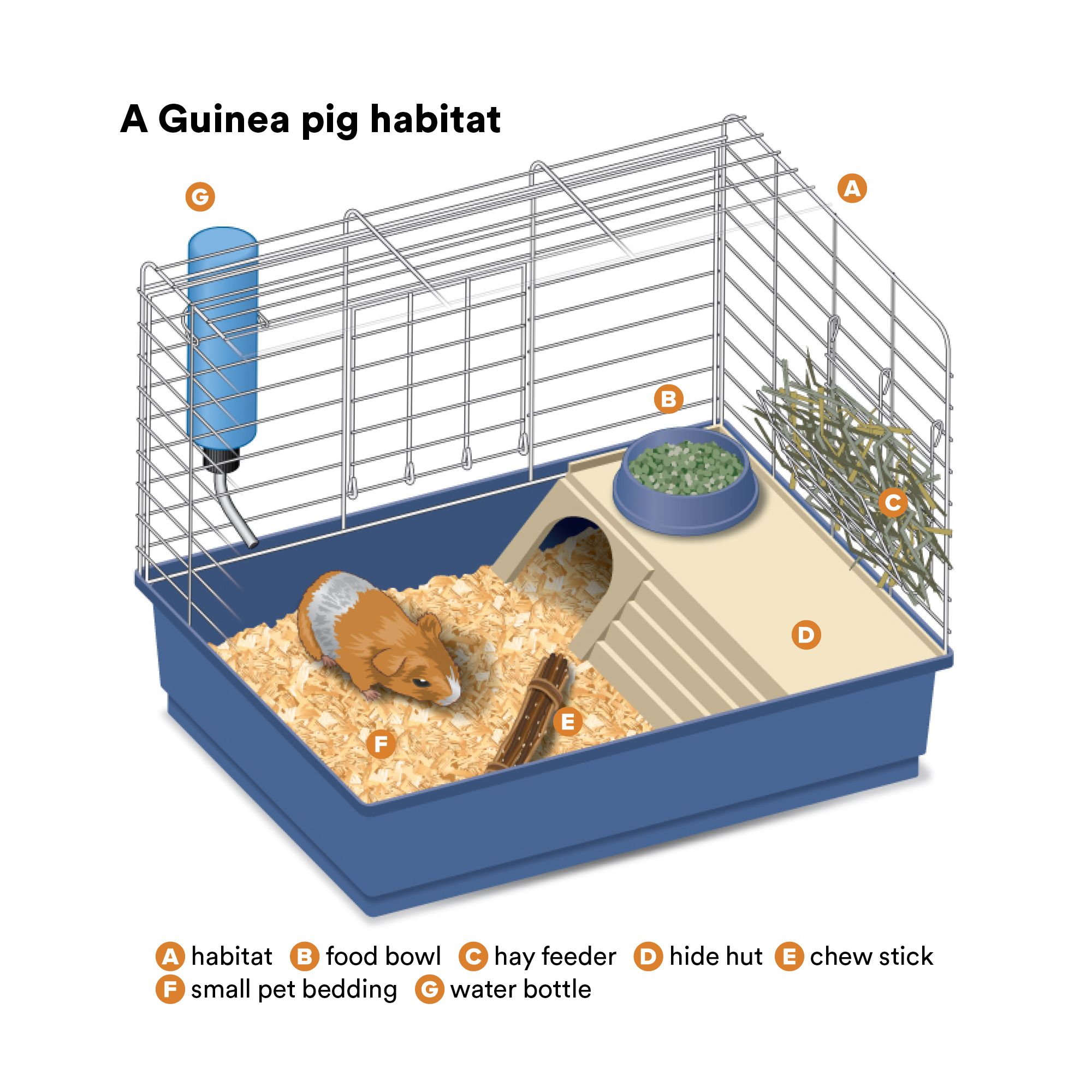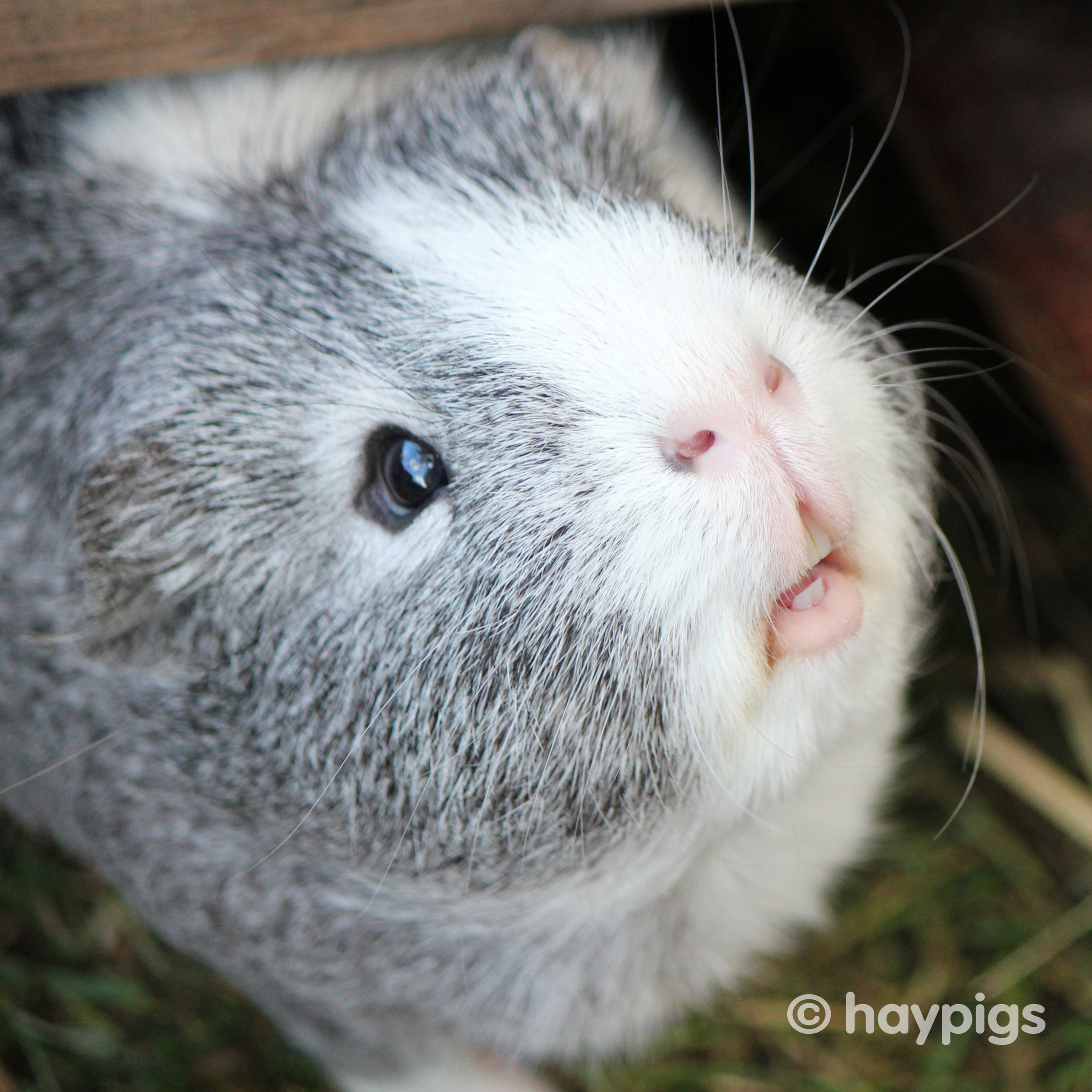An Important Message
The development of net art has been under attack from two sides. On
the one hand we see the long predicted institutionalization of art on
the net through existing artworld structures, and on the other hand
the net arts are being cut off from cross-disciplinary discourse and
media theory by key figures of one of its first influential
playgrounds: nettime. Net art was embraced as an alternative or
radical view of net.culture by nettime from 1995 to 1997, when list
moderation first started invisibly, and later officially. Nettime was
started in 1995 by a group of about ten 'media theorists' and
'artists'; as an initiative of Pit Schultz and Geert Lovink. Amongst
the artists were Paul Garrin and Heath Bunting. Each list member in
the early stages of nettime seemed equally important, and each member
brought along his or her contacts. The problem with nettime was (and
is) that there has never been a clear explanation or description of
its structure, yet it was presented very much as a community effort.
It had live meetings and online discussions where the direction and
purpose of the list were discussed and all members were asked to
perform tasks and develop tools or additions to the list for the
benefit of all. The list was supposed to be a radical counter force
against a so-called 'disneyfication' of the Internet in all its
aspects.
Critical approaches of 'political' mechanisms (and those politics
could be within governments, military, commerce, industry/ technology,
media, or art: as they were all entwined) were its basic driving
force. Being a member of nettime more or less equaled joining this
battle against commerce, corporate powers, techno-ignorance and
cultural deprivation. When the mailing list (and of course the group
of Internet users in general) grew, and more and more subscribers
joined in order to simply have their daily updates from the by now
infamous list (rather than being actively involved) the desire for
consensus became strong. The list slowly changed from an exchange
forum into a platform (see my interview with Heath Bunting in
Telepolis). In this development the balance between active discourse
and individual promotion or presentation of texts was lost.
Art discourse (by which I mean not only art theoretical discourse, but
also experimental representations and exchanges within net art) in
this environment was soon seen as noise, as it did not follow
traditional and harmonic (read: academic) modes of communication. What
then happened, artists were first approached individually, off-list,
in order to change their modes of communication (meaning: they should
not send experimental texts to the list anymore). This resulted in the
first and most important separation of artists from the list. After
the nettime meeting in Ljubljana in 1997, Jodi, Heath Bunting, Alexei
Shulgin, Rachel Baker and others left the list. This unfortunate
development caused quite some debate behind closed doors, and was
perceived as unnecessary; the attitude of the artists was seen as
provocative. Paul Garrin, one of the last remaining artists from the
foundation of nettime, never left the list. His project 'namespace'
has a strong political background, and was initiated at a nettime
meeting during the tactical art&media festival n5m2 in Amsterdam.
 It was November. Although it was not yet late, the sky was dark
when I turned into Laundress Passage.
It was November. Although it was not yet late, the sky was dark
when I turned into Laundress Passage.
 Father had finished for the day, switched off the shop lights and
closed the shutters; but so I would not come home to darkness he
had left on the light over the stairs to the flat.
Father had finished for the day, switched off the shop lights and
closed the shutters; but so I would not come home to darkness he
had left on the light over the stairs to the flat.
 Through the glass in the door it cast a foolscap rectangle of
paleness onto the wet pavement, and it was while I was standing in
that rectangle, about to turn my key in the door, that I first saw
the letter. Another white rectangle, it was on the fifth step from
the bottom, where I couldn't miss it.
Through the glass in the door it cast a foolscap rectangle of
paleness onto the wet pavement, and it was while I was standing in
that rectangle, about to turn my key in the door, that I first saw
the letter. Another white rectangle, it was on the fifth step from
the bottom, where I couldn't miss it.
 I closed the door and put the shop key in its usual place behind
Bailey's Advanced Principles of Geometry. Poor Bailey.
I closed the door and put the shop key in its usual place behind
Bailey's Advanced Principles of Geometry. Poor Bailey.
 No one has wanted his fat gray book for thirty years. Sometimes I
wonder what he makes of his role as guardian of the bookshop keys.
I don't suppose it's the destiny he had in mind for the masterwork
that he spent two decades writing.
No one has wanted his fat gray book for thirty years. Sometimes I
wonder what he makes of his role as guardian of the bookshop keys.
I don't suppose it's the destiny he had in mind for the masterwork
that he spent two decades writing.
 A letter. For me. That was something of an event. The
crisp-cornered envelope, puffed up with its thickly folded
contents, was addressed in a hand that must have given the postman
a certain amount of trouble.
A letter. For me. That was something of an event. The
crisp-cornered envelope, puffed up with its thickly folded
contents, was addressed in a hand that must have given the postman
a certain amount of trouble.
 Although the style of the writing was old-fashioned, with its
heavily embellished capitals and curly flourishes, my first
impression was that it had been written by a child.
Although the style of the writing was old-fashioned, with its
heavily embellished capitals and curly flourishes, my first
impression was that it had been written by a child.
 The letters seemed untrained. Their uneven strokes either faded
into nothing or were heavily etched into the paper.
The letters seemed untrained. Their uneven strokes either faded
into nothing or were heavily etched into the paper.
 There was no sense of flow in the letters that spelled out my
name. Each had been undertaken separately -- M A R G A R E T L E A
-- as a new and daunting enterprise. But I knew no children.
There was no sense of flow in the letters that spelled out my
name. Each had been undertaken separately -- M A R G A R E T L E A
-- as a new and daunting enterprise. But I knew no children.



